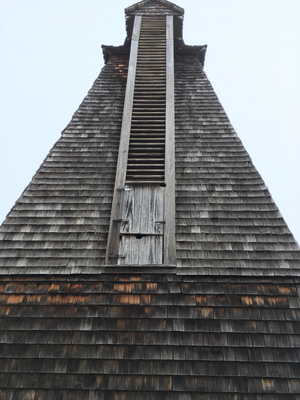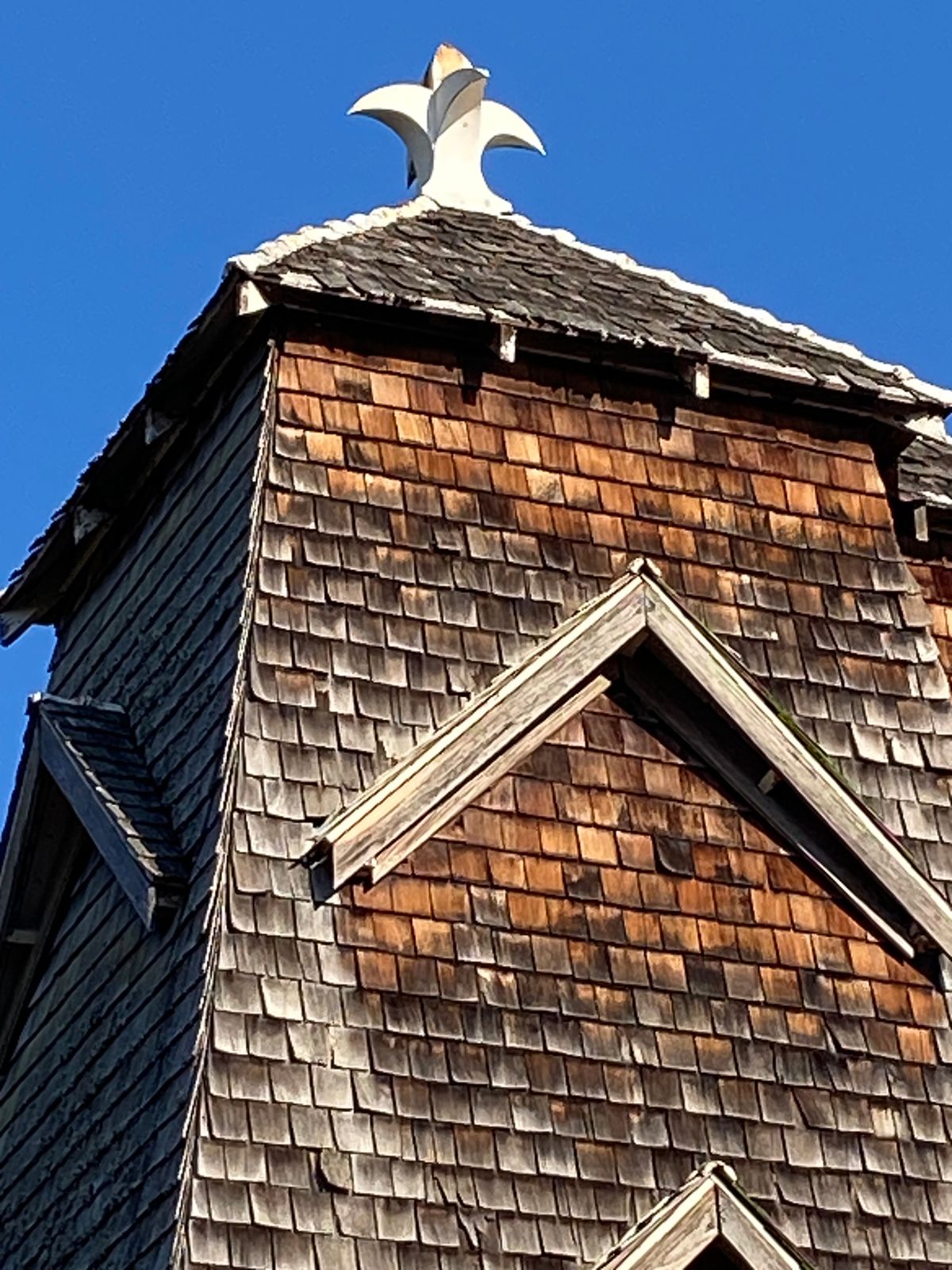About
Malaria outbreaks were a serious concern in the early 20th century. Bats were natural warriors within this public health battle, as they devour the disease’s main culprit: mosquitoes. An adult bat can eat as many as 1,000 mosquitoes a night.
Local officials must’ve had this fact in mind when they built the Hygieostatic Bat Roost in Comfort, Texas, in 1918. They built a shingle-style, pyramid-like tower that stands over 30 feet tall to better welcome bats into their lives. The name Hygieostatic comes from two Greek words: "hygiea" meaning health and "stasis" meaning standing.
It was designed by Charles A.R. Campbell and has housed the fly-by-night mammals for a century. Sixteen of these roosts were built across the United States, but the one in Comfort, Texas is the only one that remains today. It was designated a Texas Historic Landmark in 1981 and added to the National Register of Historic Places in 1983.
This surviving structure and the community that built it were ahead of their time, as they welcomed bats rather than shooing them away. Bats were typically vilified, thanks to their dark roles in superstition and myths. The truth is that bat colonies are a vital part of our ecosystem, meaning communities benefit from having active bat roosts.
The Hygieostatic Bat Roost is now behind a closed gate. However, kindly ask any resident if you can take a closer look, and they would be glad to let you in.
Related Tags
Know Before You Go
Always ask to be let into the fence. Do not climb over or under.
Community Contributors
Added By
Published
March 16, 2018














































